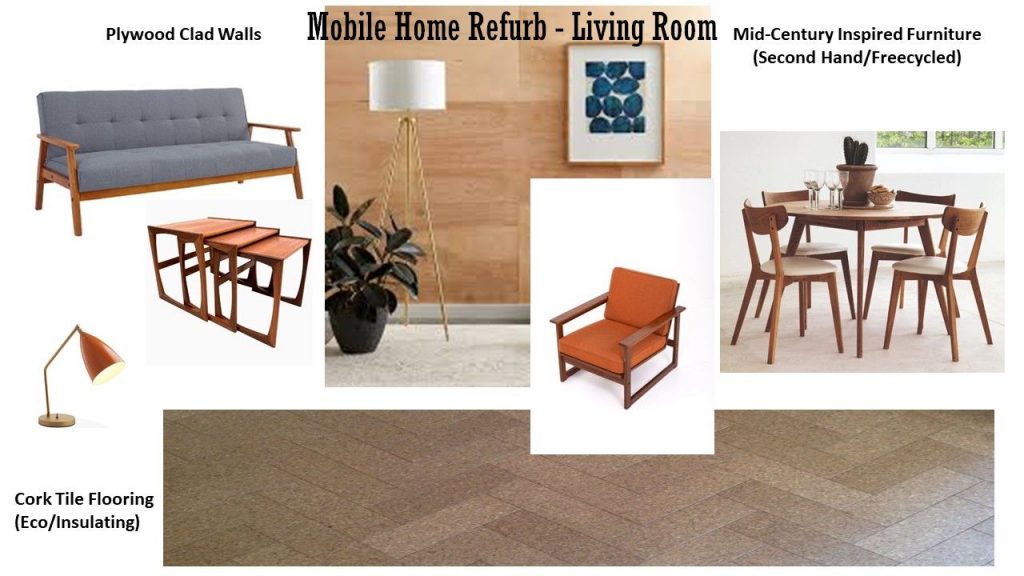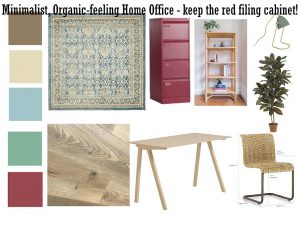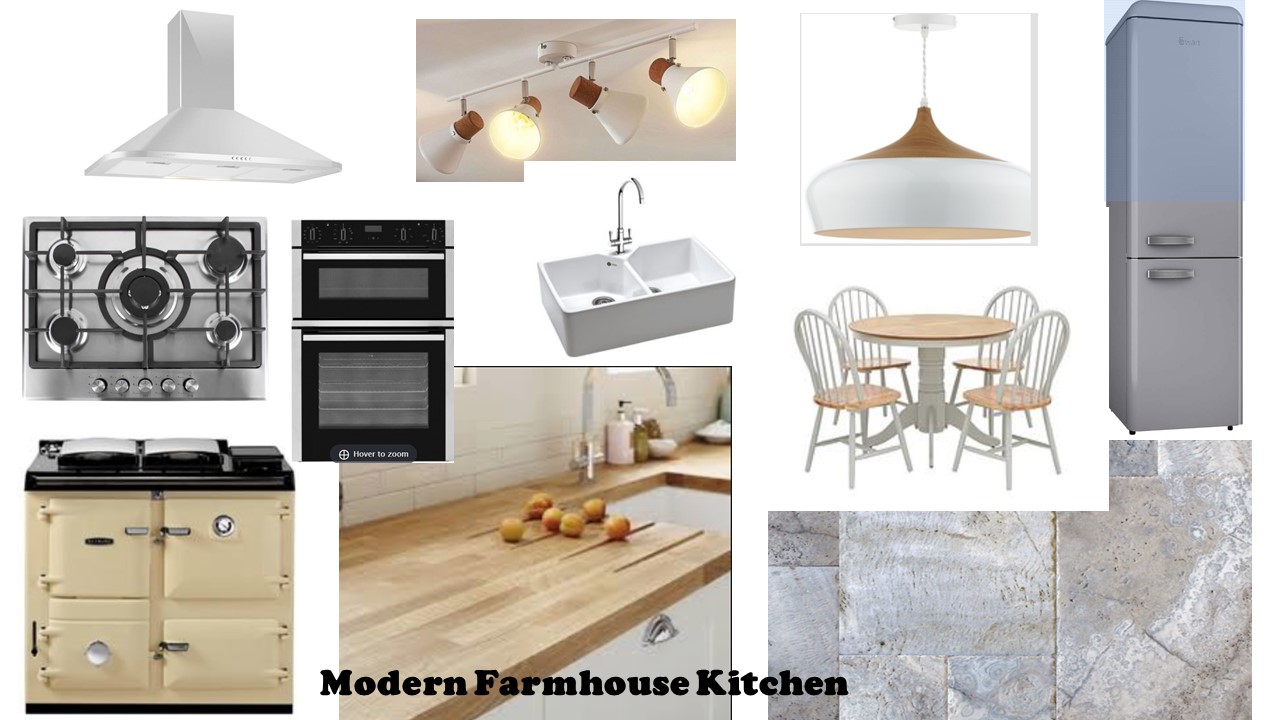If you were to hire an interior designer, the first creative part of their process (having already gathered information and inspiration from you) would be to create a mood board. And if it’s good enough for the pros, it’s good enough for you.
A mood board is a visual synopsis of the overall look and feel that you’re aiming to create in the space you’re going to make over. It is not the final design, but more the creative direction you’re going in. A guideline, not a fixed rulebook for how the finished space should come together.

Designers use mood boards at the early stage of the process to confirm with their client that they’re on the same page, and have interpreted the brief correctly. For you, as well as being an invaluable resource as you go about implementing your design, it can also help others in your household share your vision of what the finished space will be (and even persuade them to come on board, if they had their doubts at first).
When shopping for your finished space, use the mood board as a reference tool before you commit to furniture, textiles, accessories. An expensive purchase, or a large scale piece (even if a bargain) that you fall in love with in the moment might call for a whole change of direction if it won’t work in harmony with the rest of the scheme. So it’s helpful to have this visual aid to consult before you spend your money.
To put it together, you can do it the old-fashioned scrap-booking way using images torn from magazines and gathering samples of fabric and wall paper from local suppliers. Or you can create it online – there are a variety of free and premium platforms available. I tend to use Powerpoint, copying images from the interweb and pasting them in. Choose whatever method appeals to you most – creating a mood board should be a fun process.
Your mood board will include your colour palette, and an inspiration piece (could be a statement piece of furniture, an art piece, a pattern you love) that is informing the rest of the scheme. As well as colour, it needs to have examples of the types of patterns and textures you’re thinking of, style of furniture, lighting and accessories. And don’t forget flooring, including rugs if that’s part of your plan.
And don’t just limit it to new pieces to be acquired. If there’s an item of furniture – or any other element of the scheme – that has to be kept, be sure to include a picture of that. The whole point of the board is to see how different colours, patterns and styles will (or won’t) work together.

Effectively, creating a mood board is a brain storming session. Add in pieces that appeal and that you think will fit the look you’re going for. If something doesn’t look or feel right, take it out. When you’ve got the overall gist of what you want to achieve, with a concrete idea of what you’re looking for in furniture, lighting, accessories and textiles, then you have your vision for the space.
After that, the real work begins…
More in this series:
Pro Tips to Elevate your Home Décor: The Red Thread.
